dark matters
what is light pollution?
Light pollution is an anthropogenic phenomenon associated with the development of urbanization and human activities. It points out an excessive use of artificial light by its direction, its intensity or its quality. Light pollution is produced mainly by public and industrial lighting and to a lesser extent by private residential lighting. This artificial light can be emitted directly into the sky by light sources, or it can be reflected by the surrounding land and buildings. The light is then diffused by the gas molecules of the atmosphere and by the aerosols in suspension (dust, molecules, etc.). This scattering of light causes the formation of light halos above the agglomerations, halos that can be seen at great distances.
To have a global view of the distribution and intensity of night lighting, satellite images remain the most common tool.
why it is important?
The most notable effect of these halos is the extinction of the night sky, causing, for example, a significant decrease in the number of stars visible to the naked eye. Thus, it is estimated that one third of humanity can no longer see the Milky Way (including 80% of North Americans and 60% of Europeans) due to the presence of light pollution. Other effects are the impact on the movement of nocturnal species and bird migration, the disruption of the plant reproduction cycle, an increase in the mortality of certain insect species, negative effects on the health of people who suffer from excessive night-time lighting and energy consumption.
public lighting
The Association for the protection of a dark sky and environment says there is a rise of 94% of light pollution only from public lighting in the last 20 years. Around 40% of municipal energy consumption comes from public lighting and it can represents up to 37% of the electricity bill. In addition to generating significant nuclear waste for its electricity production, public lighting emits hundreds of thousands tons of CO2. The use of LED lighting, which is on the rise under the guise of energy efficiency, is controversial because it does not reduce light pollution and has a much worse environmental impact than other types of light bulbs. Indeed the light is stronger and the color used for now is white.
light and security
When we talk about rethinking public lighting, we need to evaluate our habits and needs in order to limit light pollution without compromising night-time safety.
First of all, it is necessary to distinguish public utility lighting (street lights for pedestrian safety, signs) and those for commercial or decorative use (store windows, signs, advertising).
A diagnosis is a prerequisite for the implementation of solutions adapted to the territory. Thus, depending on the situation and the frequency of use of certain places, night-time shutdowns, presence detector lighting, intensity variations and also the elimination of unnecessary light points can be recommended. The lighting of historical monuments and especially of natural sites sheltering a rich and fragile biodiversity must also be adapted in order to preserve these species.
In terms of road safety, studies have shown that drivers adapt their driving speed to the light conditions and drive slower on roads that are not continuously lit, thus reducing the number of accidents.
how can you participate
Light pollution affects us all. The good news is that you can make a difference because this type of pollution is reversible right now. Install lighting only when and where it's needed. Use energy saving features such as timers and motion sensors on outdoor lights. Shield your lighting down. Tell friends, neighbors, and your workplace! Get more information from the International Dark-Sky Association.



The artificial light sources mainly come from public lighting but also vehicles, advertising, private lighting, light signalisations.

Lighting inventory around the Dark Sky Reserve area.

Artificial lighting is the second leading cause of insect mortality, after insecticides.

Artificial lighting also has an impact on flora, delaying leaf fall, creating degraded photosynthesis, disrupting germination and preventing night-time pollination of plants by moths.

Intrusive light, such as external artificial light source (luminaries, luminous advertising panels...), leads to harmful effects on our organism and our health. The sleep disorders caused by the constant presence of lighting leads to a decrease in the production of melatonin, which is vital to the proper functioning of our organism.









